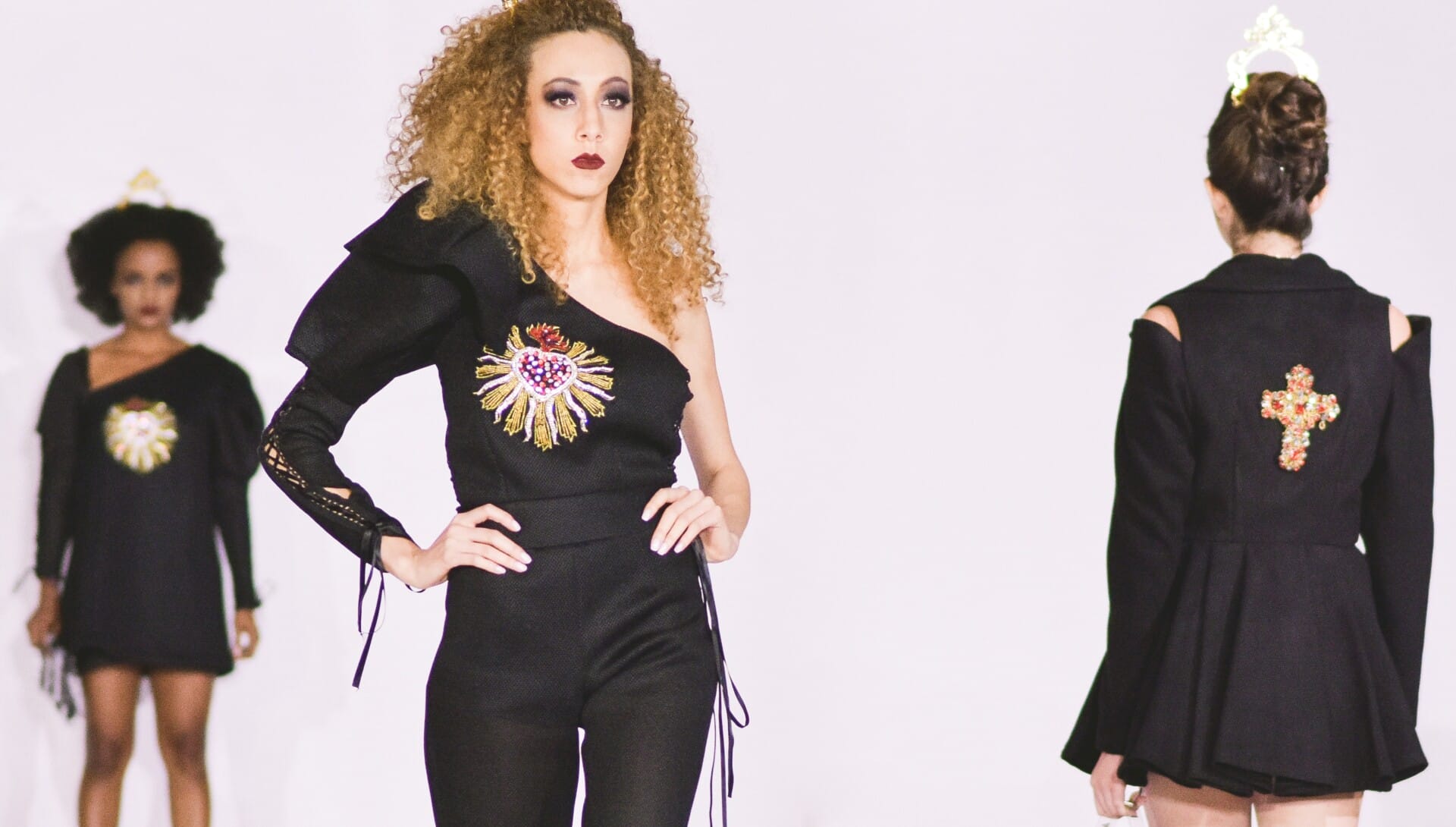
Introduction to Modeling: Types and Industry Overview
1. Types of Modeling
Fashion Modeling
Fashion modeling is often what comes to mind when one thinks about modeling. This type typically involves working for high-end fashion designers and brands, showcasing clothing, accessories, and footwear in runway shows, magazines, or advertising campaigns. Fashion models often have strict height and body size requirements, although luckily, these standards are gradually becoming more inclusive.
Commercial Modeling
Commercial modeling is more diverse and caters to a wider audience. Commercial models promote products and services in advertisements, from print media to TV commercials. They can be any age, size, or height, as the focus is more on representing the average consumer.
Plus-Size Modeling
Plus-size modeling has gained significant recognition and respect in recent years. These models typically wear size 12 and above. Plus-size models appear in advertising for plus-size clothing lines, in fashion magazines, and on runways for designers who create clothes in a broader range of sizes.
Fitness Modeling
Fitness modeling focuses on displaying a healthy, toned physique. Fitness models often appear in magazines, product ads for fitness gear, and fitness company promotions. They represent an ideal of physical fitness and health.
2. Understanding the Modeling Industry Landscape
The modeling industry, once dominated by a few major markets like New York and Paris, has expanded globally. The rise of social media and digital platforms has transformed how models are discovered and promoted. Now, models can build a following and market themselves online, leading to diverse opportunities outside the traditional agency model.
Agencies and Self-Promotion
Signing with a reputable modeling agency can provide guidance, support, and connections in the industry. However, it’s also feasible to start a modeling career independently through self-promotion on social media platforms, and Model’s Land.
The Digital Era
The digital age has also brought about changes in how models are cast for jobs. Online portfolios and digital castings have become a must, making the industry more accessible to aspiring models worldwide.
3. Basic Requirements and Myths about Modeling
Physical Requirements
While certain types of modeling have specific physical requirements, the industry as a whole is moving towards greater inclusivity. Height, size, and age requirements can vary greatly depending on the modeling niche.
Skills and Professionalism
Modeling is more than just physical appearance. Successful models often possess strong interpersonal skills, professionalism, and resilience. They must be able to work well under pressure, adapt to different environments, and communicate effectively with clients and creative teams.
Myths About Modeling
- Myth: Models Must Be Extremely Thin. This is no longer universally true, especially with the rise of plus-size and fitness modeling.
- Myth: Modeling Is Easy and Glamorous. Modeling can be challenging and often involves long hours, travel, and constant pressure to maintain a certain look.
- Myth: You Need Expensive Photos to Get Started. While professional photos can be helpful, many agencies and clients look for natural talent and potential, which can be showcased even through simple, high-quality snapshots.
Conclusion
The modeling industry is dynamic and diverse, offering opportunities in various niches. Success in modeling requires not only meeting physical requirements but also possessing professionalism, a digital portfolio, adaptability, and a strong work ethic. With the right approach and understanding of the industry, aspiring models can navigate their way to a successful career.






Responses